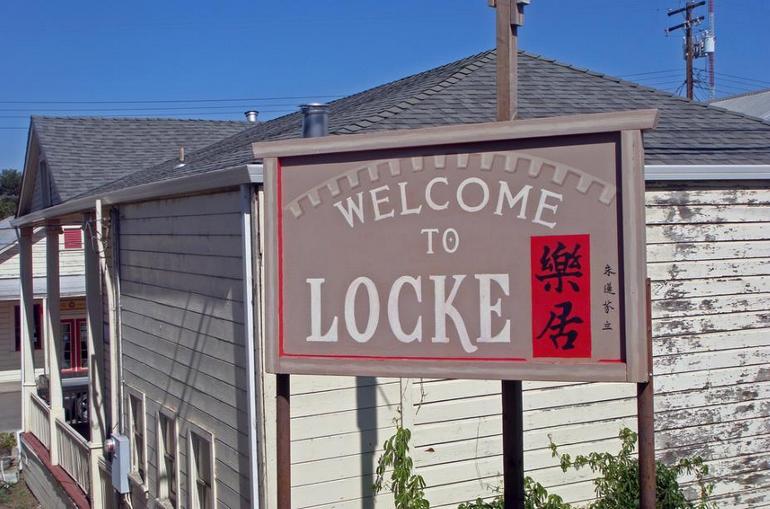
Locke Historic District, earlier known as Lockeport, is a tiny town along the levee on Highway 160, just half a mile from Walnut Grove, California. How small is little? The population is about 75. Now, before you wonder what on earth could be worth visiting a town of this size, let the record stand that this town is rich in history and still offers exciting attractions.
Locke came to be in 1915. It is a town that the Chinese built for the Chinese population of workers after many were displaced due to a fire in nearby Walnut Grove. The fire took out most of the areas primarily populated with Chinese workers.

Several Chinese merchants formed a committee and met with Mr. George Locke to see if they could build a town on his land. It was agreed that they could, and by 1920, the town of Lockeport was up and running.
Many Chinese living in this town arrived to work on the levee building. When the levee project was completed in 1920, many community members started working in the farming industry. The town of Locke was thriving as it catered to the needs of the workers in the area. In its heyday, it had a population of over 500 people, closer to 600.

Locke is a town that has all the typical amenities, including homes, schools, restaurants, bakeries, grocery stores, a fish market, hotels, a brothel, a gambling hall, and even a theater. Interestingly, some of these businesses still exist today. It’s worth mentioning that in August 1970, Locke was added to the National Registry of Historic Places because of its unique status as the only town in the United States built by the Chinese.
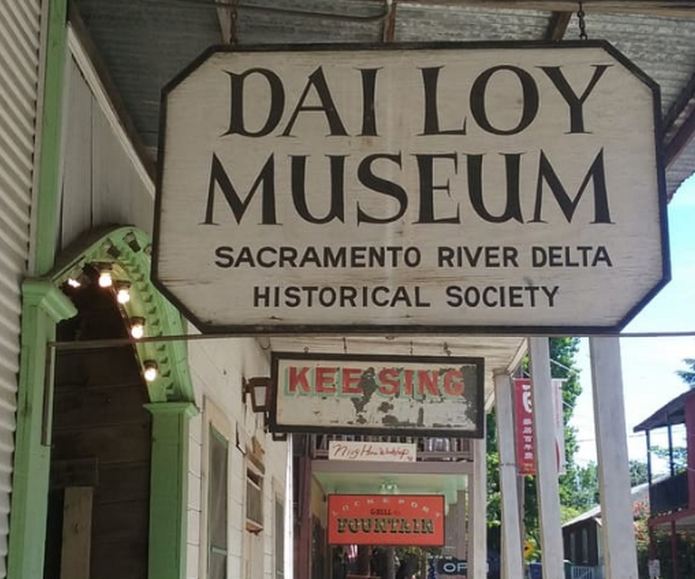
One of the places you might wish to visit while in the Locke Historic District is the Locke Chinese School. It was established in 1926 and continued until 1940 when it was closed for a few years.
About 1954, the Joe Shoong Foundation re-opened the school, and it operated until the mid-’80s, when it was finally closed due to the lack of Chinese students in the area. In its earlier days, the school also served as a town hall for meetings and similar gatherings.

You can visit the Locke Historic District Boarding House/Visitor’s Center, which is open Tuesday and Friday from noon to 4 PM and Saturday and Sunday from 11 AM to 3 PM. It is run, in part, by the California State Parks Department, and admission is free.
Dai Loi Museum houses gambling paraphernalia from the actual gambling house in the town. This facility was closed, and operations were halted in early 1950 by the government. However, there are exciting things to see. A small admission price is requested at the door.

Please remember that the entire town of Locke is a historical site despite being home to many people. When visiting the Locke Historic District, you should be mindful of its historical significance. If you feel hungry during your visit, a few great restaurants in the area are worth considering. Al the Wops is a famous restaurant for its delicious steaks and pasta. It is a casual restaurant and bars open seven days a week.
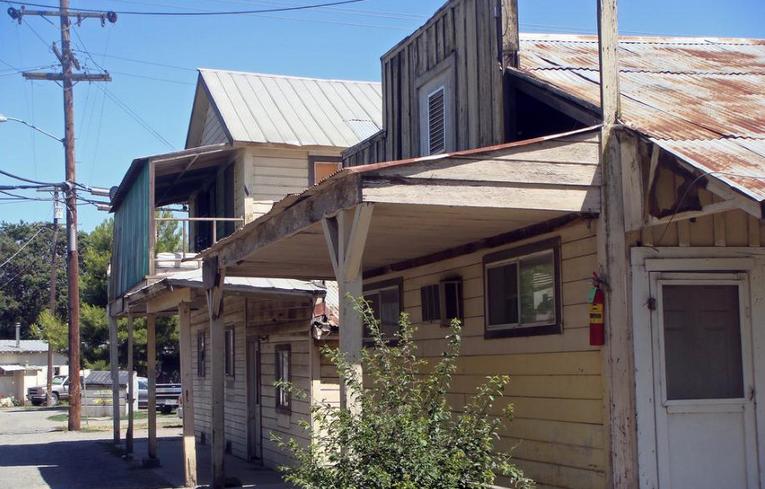
There are many exciting tales about this restaurant, to be sure. Ask around and enjoy the stories. Al the Wops restaurant was the first non-Chinese business in Locke.
Locke Garden Chinese Restaurant used to be a great choice if you were craving Cantonese-style Chinese cuisine. Whether dining in or taking it to go, you will enjoy ample servings of authentic Cantonese dishes. This building was first built in 1912 and was originally a beer parlor. However, as of now, Locke Garden Restaurant has closed down.
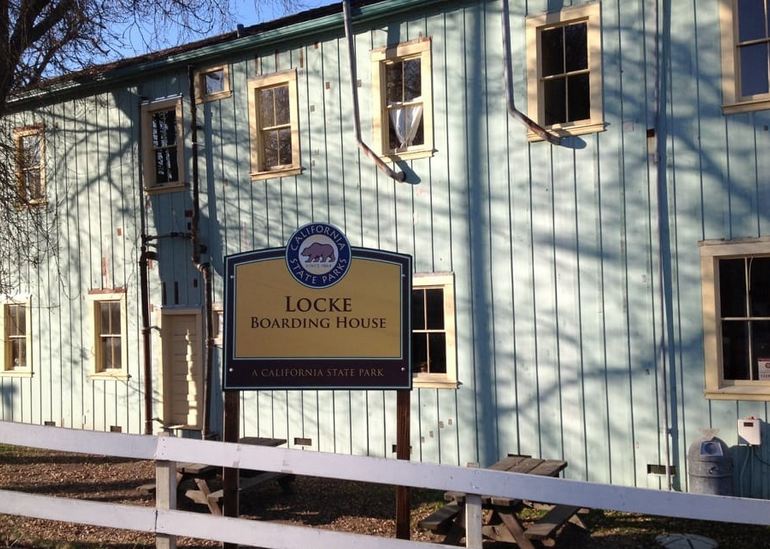
Another interesting stop is the Locke Historic District Art Center. This building was originally a pool hall until the 1950s and now features crafts from mainland China.
Along the levee road, also known as Highway 160, you will see a smattering of small towns worthy of your attention. As you zigzag across the levee on a network of metal and drawbridges, think, if you will, the hard work and thousands of person-hours that were worked to create this excellent river levee that contains that section of the California Delta.
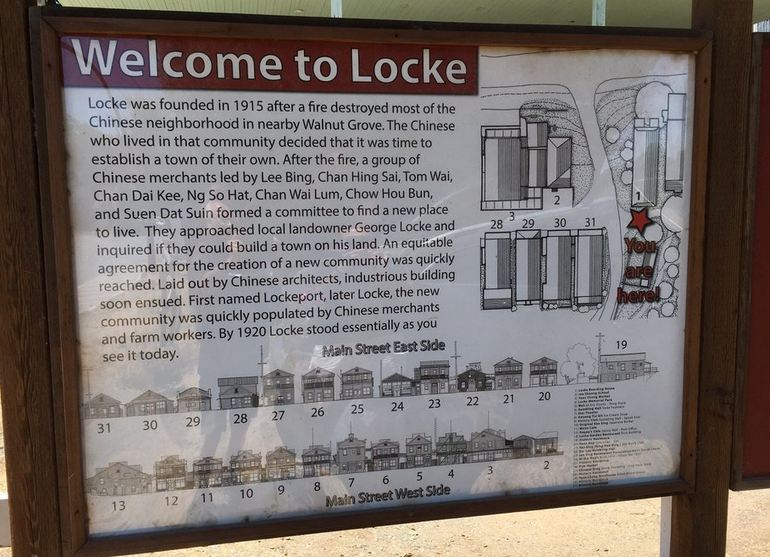
Where is the Locke Historic District
Getting to Locke Historic District is easy. From Sacramento (travel south on Highway 5), exit Twin Cities Road or Stockton (travel north on Highway 5), and exit Walnut Grove-Thorton Road. From Fairfield, travel Highway 12 East to Highway 160 and connect to Walnut Grove. Lock in good time with a day trip to Locke, California.
Locke’s historic district is located in Walnut and is about a two-hour drive from San Francisco and 45 minutes from Sacramento, California.
Leave a Reply